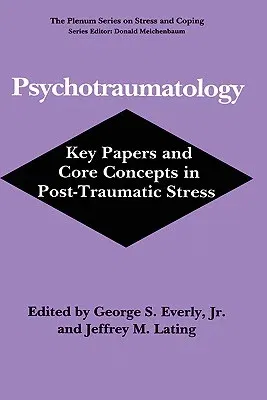Psychotraumatology: Key Papers and Core Concepts in Post-Traumatic Stress (1995)Hardcover - 1995, 30 November 1994

Qty
1
Turbo
Ships in 2 - 3 days
In Stock
Free Delivery
Cash on Delivery
15 Days
Free Returns
Secure Checkout

Part of Series
Springer Stress and Coping
Part of Series
Plenum Series on Stress & Coping
Part of Series
Issues in Clinical Child Psychology
Part of Series
Plenum Series on Stress and Coping
Part of Series
Springer Series on Stress and Coping
Part of Series
Plenum Series on Stress & Coping Plenum Series on Stress & C
Print Length
418 pages
Language
English
Publisher
Springer
Date Published
30 Nov 1994
ISBN-10
0306447827
ISBN-13
9780306447822
Description
Product Details
Book Edition:
1995
Book Format:
Hardcover
Country of Origin:
US
Date Published:
30 November 1994
Dimensions:
23.39 x
15.6 x
2.54 cm
ISBN-10:
0306447827
ISBN-13:
9780306447822
Language:
English
Location:
New York, NY
Pages:
418
Publisher:
Series:
Weight:
793.79 gm